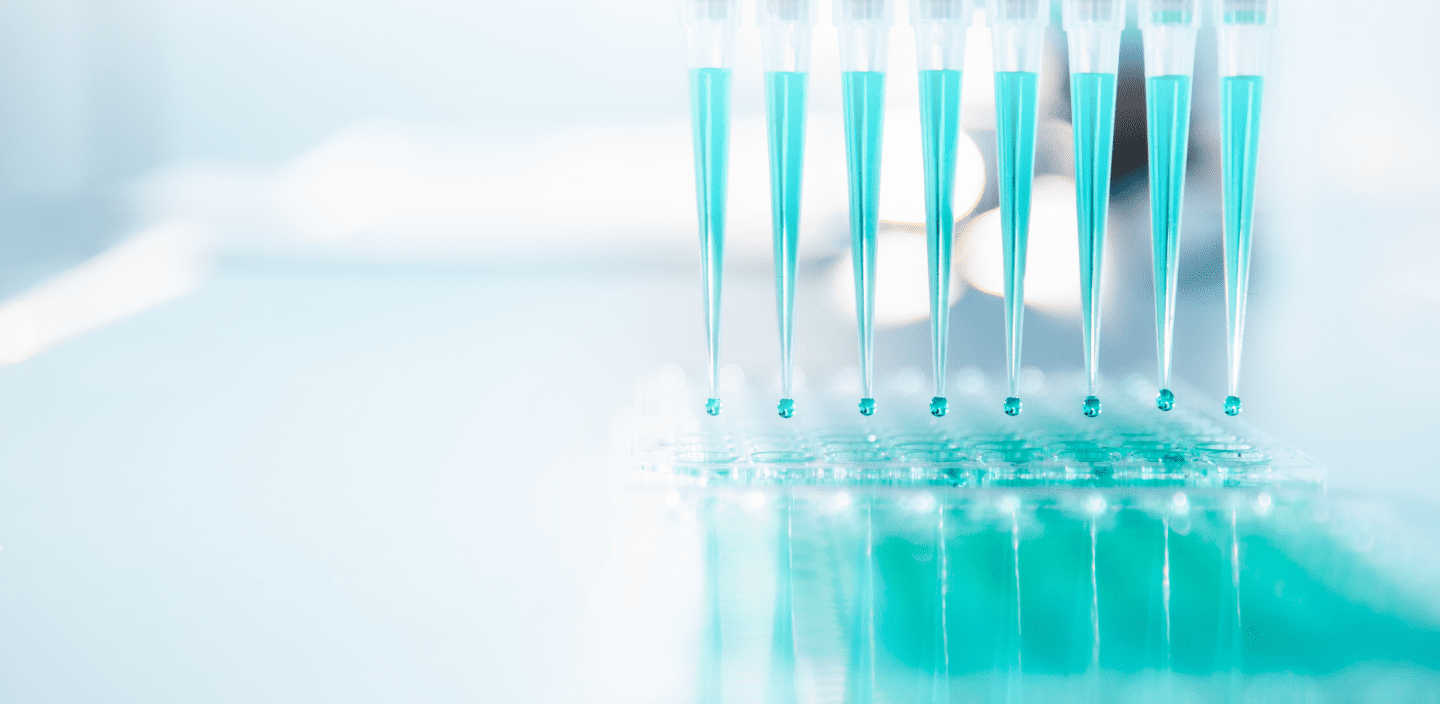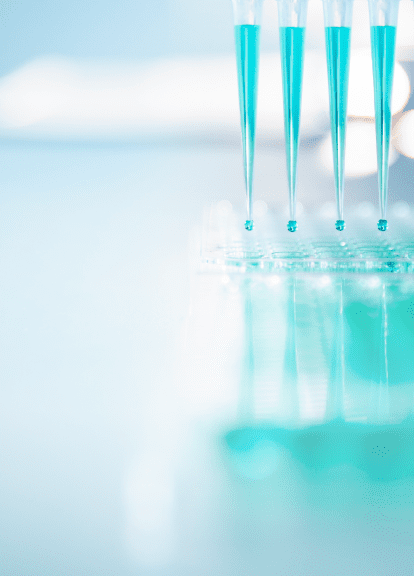

Investigating laboratory automation in early drug discovery
In an era where the value of rapidly developing breakthrough treatments at pace has never received such widespread recognition, we investigate the benefits of laboratory automation in early drug discovery.
Early drug discovery is a process ripe to reap the benefits of automation. The long and complex development pipeline faces constant challenges and can be particularly costly – with the average cost estimated to be $2.9bn per approval. For labs involved in early drug discovery, finding a product that works, and can be taken through to completion, is a key priority.
In the past, it was mainly global pharmaceutical companies that were responsible for the whole drug discovery process from start to finish. They conducted the stages, from research and development, to identifying targets, to screening, all the way until a viable product was developed. However, it is now increasingly possible for smaller firms to focus on a single compound with potential and see its development through to a product that is safe and works on humans. Automation is increasingly providing smaller firms with the opportunities to buy into compound collections and help discover landmark treatments.
How can automation improve early drug discovery?
Automation has the potential to dramatically increase efficiency of the early drug discovery process and make development more affordable, and therefore accessible, to smaller labs.
Perhaps the greatest opportunity automation offers to early drug discovery is in relation to the automation of high-throughput screening of biological assays.
High throughput screening is crucial to the drug discovery process. By significantly increasing the throughput, labs are able to test more compounds at a far quicker rate with automated processes, than with manual alternatives. This will enable labs to identify those compounds which have the potential to be ‘blockbusters’ much faster, discounting those which will only waste time, increasing the chance of success.
Automation can dramatically increase the capability, efficiency and capacity of high-throughput screening, automating stages that too often operate manually. Automation can help relieve scientists of burdensome processes, whether it is labelling plates, preparing cells, loading or pipetting. Automatic processes have the added advantage that they can operate for longer time periods, including at evenings and weekends. Moreover, with consistent data and high throughput, less personnel are required at key stages of the process, allowing scientists to be redeployed to innovate in other areas.
Automation allows for increased clinical reliability in early drug discovery screening. Introducing automation, whether that’s plate-handling devices or reagent delivery, will increase the reliability and consistency of data. It also allows variables to be more easily controlled, while the process can be fine tuned, on a greater scale, much more easily.
Data analysis is dramatically improved under automation. Automation provides labs with systems which will improve the quality and consistency of lab’s results and data. This reduces repeat rates – ensuring that assays need to be repeated far less to guarantee data quality. Robots don’t tire or lose focus from data analysis. Automation and the introduction of reagents can lead to increases in the amount of reagents required, which can increase costs. However, overall costs are reduced due to the significant benefits generated by higher throughputs.

Furthermore, automation enables labs to generate high quality data with improved comparability. At the early stage of the drug discovery process, being able to identify and analyse subtle nuances in data, can make the difference between identifying that breakthrough treatment. The improved data comparability offered by automation therefore increases the chance scientists will identify targets at the earliest opportunity, reducing the hours wasted re-analysing and screening compounds with little chance of success.
Automation can also work in tandem with other technologies, such as AI, which only has the potential to improve scientists capability to learn and develop more pioneering treatments. Furthermore, AI could allow automation to be ‘smart’, learning when something is about to go wrong, adjusting, and recovering, so reagents, cells and time are not lost.
In summary, automation in laboratories undertaking early drug discovery, not only allows scientists to significantly increase the number of target compounds screened, with lower repeat rates, but it generates a larger amount, and higher quality, of data – more comparable than manual alternatives. Further, it reduces costs, human error, allows beleaguered workforces to be redeployed to work on other innovative treatments and saves time. Finally, it increases the chance of identifying those candidate compounds which have the best chance of becoming life saving treatments.
What do lab managers think about automation?
Recent research from Automata underscores the benefit automation offers lab staff for increased time to pursue greater creativity and innovation, which is essential in the drug discovery sphere.
97% of lab managers surveyed associate automation with time savings – be that single-station, full-workflow, or both forms. The research also highlights the excitement among lab managers that automation can relieve existing pressures, scale up capacity and allow them to enjoy greater creative freedom in their work.
The majority of lab managers feel that full-workflow automation would have a positive impact on their day-to-day work, for example in improving capacity (93%) and turnaround time (90%). Full workflow automation was also felt to have a positive impact on human error (85%), lab safety (80%) and patient outcomes (68%).
Fully automate multiple protocols
Laboratory workflow automation solutions link multiple processes and workflows in order to automate entire assays in drug discovery. In the clinical lab, laboratory workflow automation normally encompasses both lab automation hardware and software to form an integrated system that charts the end-to-end progress of a sample. This solution will automate the processes of preanalytics, analytics and post-analytics.
This also reduces the number of human touch points which minimises human error, improving the accuracy of results while increasing the reproducibility and reliability of sample results. You can find out more about diagnostic laboratory workflow automation here.
Conclusion
In the current climate, drug discovery is at the forefront of people’s minds. The value of life-changing treatments has never been more keenly understood. There is a greater demand to produce high-quality, innovative medical solutions, with a focus in meeting new expectations on the speed and efficacy of new treatments entering the market.
While automation might appear an expensive investment, innovative labs cannot afford not to invest in automation to help them produce a greater number of high quality data and, ultimately, develop, and identify, blockbuster candidates at unrivalled speed.
